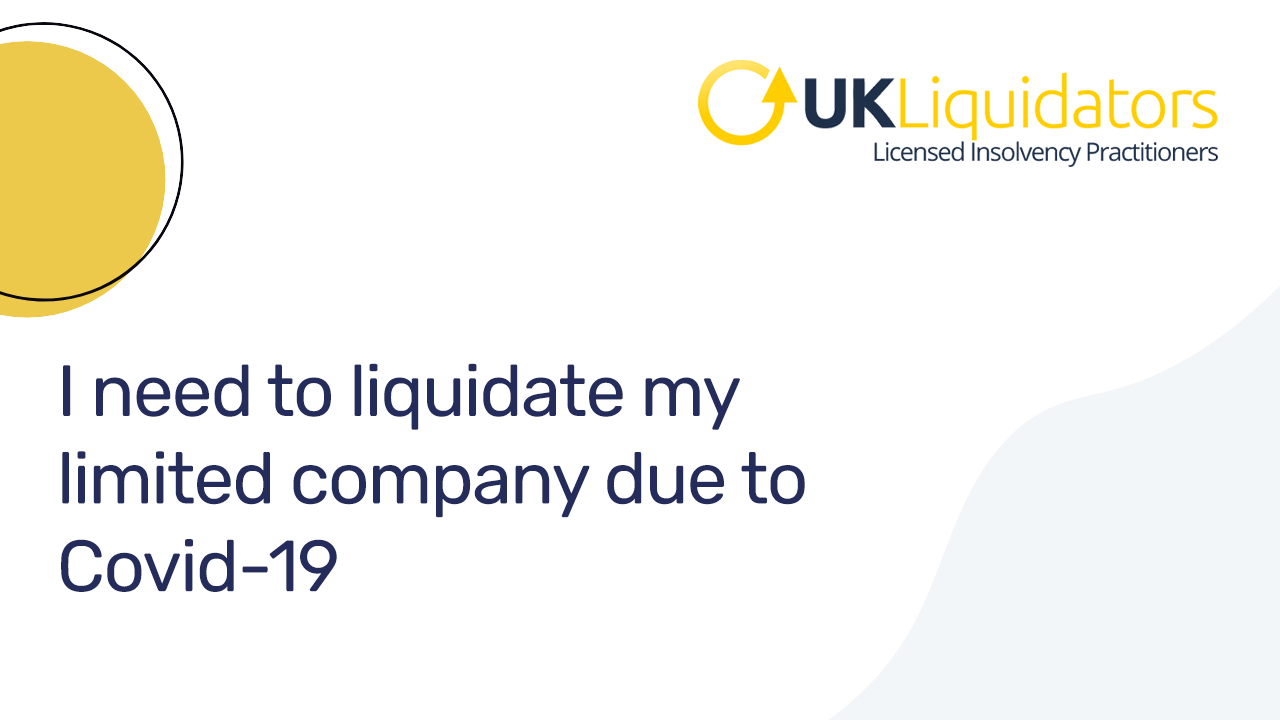Our Insolvency Practitioner Statements
Our Insolvency Practitioner Statements
Blog Article
10 Easy Facts About Insolvency Practitioner Described
Table of ContentsThe Insolvency Practitioner StatementsSome Known Incorrect Statements About Insolvency Practitioner Our Insolvency Practitioner IdeasThe Facts About Insolvency Practitioner RevealedInsolvency Practitioner Fundamentals ExplainedThe Definitive Guide for Insolvency PractitionerInsolvency Practitioner Fundamentals Explained
Insurance is checked and managed by state insurance policy divisions, and one of their primary purposes is shielding policyholders from the risk of a firm in financial distress. When a firm goes into a duration of financial trouble and is not able to satisfy its responsibilities, the insurance policy commissioner in the business's home state initiates a processdictated by the laws of the statewhereby efforts are made to help the company restore its financial footing.If it is established that the company can not be fixed up, the firm is proclaimed financially troubled, and the commissioner will certainly ask the state court to buy the liquidation of the business. The insurance commissioner, either designated by the governor or chosen, heads the state insurance policy department and displays and controls insurance policy activity within the state.
[Back] By getting control of a company, the commissioner (or the insurance department) is, by legislation, the rehabilitator or liquidator of the business. In this capability, the commissioner or department takes control of the business's operations. As opposed to do so directly, the commissioner may preserve an unique deputy receiver to manage the firm's activities - Insolvency Practitioner.
The smart Trick of Insolvency Practitioner That Nobody is Talking About
The receiver oversees an accounting of the firm's possessions and liabilities and carries out the estate of the company. In doing so, the receiver looks for to maximize the business's assets, transfer them to cash money, and afterwards distribute that cash to lenders having legitimate insurance claims versus the insurance firm in conformity with settlement priorities specified by state regulation (in all states, policyholders are priority complaintants whose claims are paid before those of general lenders).
All insurance provider (with limited exemptions) certified to sell life or medical insurance or annuities in a state must be members of that state's warranty organization. The warranty association accepts the commissioner and the receiver in pre-liquidation preparation. As soon as the liquidation is bought, the warranty association provides coverage to the firm's policyholders who are state locals (up to the degrees specified by state lawssee below; any advantage quantities over the guaranty asociation benefit levels become cases against the business's staying properties).
The Only Guide to Insolvency Practitioner
The above protection levels use independently for each and every financially troubled insurance firm. [Back] When an insurance provider falls short and there is a shortage of funds needed to fulfill the responsibilities to insurance holders, state warranty associations are turned on. Guaranty associations have 2 main sources of financing when giving insurance coverage to policyholders. Initially, warranty associations have subrogation rights to an in proportion share of the properties staying in the stopped working insurance firm.
Second, insurance companies doing business in that state are examined a share of the quantity called for to fulfill the part of the warranty associations' protected cases not or else funded with estate assets. The amount insurance providers are examined is based on the amount of premiums that they gather in that state. [Back] The National Organization of Life and Medical Insurance Guaranty Associations (NOLHGA) is made up of the life and wellness insurance coverage guaranty associations of all 50 states and the Area of Columbia.
NOLHGA develops a task pressure of depictive warranty organizations to deal with the insurance coverage commissioner to create a strategy to shield policyholders. To more information learn more on NOLHGA's role while doing so, see "What Is NOLHGA?" and "The Safety And Security Web at the workplace." [Back]
An Unbiased View of Insolvency Practitioner

Predictive defense by helping you pick the ideal consumers and the ideal markets to stay clear of uncollectable bill in the first place, thanks to intense economic evaluation. In-depth market knowledge, giving you with 360-degree exposure on service markets and putting in jeopardy difficulties. It would be a simplification to think a trade credit rating insurance policy starts and finishes with premiums and pay-outs.

Insolvency Practitioner - Truths
It can cause job losses, property sales, and also insolvency. It is necessary to understand just how company insolvency works and just how it can influence your business. Why does a firm participate in bankruptcy? There are a number of reasons why a business link may enter into insolvency. One of the most usual factor is that the firm is not able to pay its financial obligations as they fall due.
Various other reasons for insolvency consist of scams, mismanagement, and unanticipated costs. Insolvency can likewise lead to work losses and the closure of services.
Unknown Facts About Insolvency Practitioner
This can have serious effects for the firm, its stakeholders, financial institutions and the economic climate. The company might be forced to market properties, gave up staff or perhaps shut down. This can have a ripple effect on the regional neighborhood and the economic situation overall. Financial institutions may be left out of pocket and the firm's shareholders may see their investment disappear.
This can take place for a number of factors, consisting of inadequate financial administration, unanticipated prices, or a change out there. If a business is bankrupt, it may be compelled to fold or sell assets to pay creditors. This can have a major effect on the business, staff members, and investors.
Why does a company get in right into bankruptcy? There are a number of reasons why a company might get in into bankruptcy.
The Facts About Insolvency Practitioner Revealed
Other reasons for bankruptcy consist of fraudulence, mismanagement, and unexpected prices. When a have a peek at this website company comes to be bankrupt, its properties are used to pay off its financial debts - Insolvency Practitioner. This can have a significant effect on business, as it may no much longer have the ability to proceed operating. Bankruptcy can also result in task losses and the closure of businesses.
This can have serious ramifications for the firm, its stakeholders, lenders and the economic situation. The company might be compelled to sell possessions, lay off team or also shut down. This can have a ripple effect on the neighborhood area and the economic climate as a whole. Creditors might be excluded of pocket and the business's shareholders may see their financial investment disappear.
Report this page